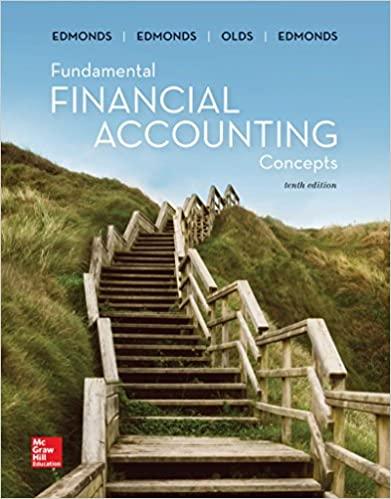Question
The sales manager of Teak Plastics Limited (Teak), Naomi Moir, was concerned about the company's record in winning bids. Teak was a small manufacturer of
The sales manager of Teak Plastics Limited (Teak), Naomi Moir, was concerned about the company's record in winning bids. Teak was a small manufacturer of high pressure injection-molded plastic parts, supplied mainly to the automotive industry. Over the past few years, Teak's success in winning large contracts had steadily declined, forcing Teak to pursue greater numbers of small contracts. This has become a serious problem; the company's total business has dropped to such an extent that it is currently operating at only 70% of capacity. Naomi realized that there was something wrong with her method of preparing bids. In the past year, Naomi found that the rate of success in winning bids increased as the total size of the contract decreased. In her attempt to increase the total amount of sales for Teak during the past year, she had submitted almost double the number of bids compared to previous years. This resulted in two people from the accounting department spending most of their time preparing the cost data for Naomi's bids. Teak used a standard full-cost accounting system, and bids were prepared with the objective of earning a 20% markup on total costs. Standard hourly operating rates were developed using regression analysis of monthly prior-period costs for each machine and process. These costs included all labour, job setup, and mold development costs as well as fixed and variable processing overhead costs. The job setup and mold development costs were fairly constant from job to job. The coefficients from the regression analysis were used as the rates for variable-cost items and the intercept values were divided by full capacity processing hours to determine the rates for fixed-cost items. At a recent business luncheon seminar, Naomi had been impressed by the speaker's model for preparing bids. This model involved using contributions, probabilities, and expected values. Accordingly, she decided to test the approach in preparing her next bid for a fairly small contract for instrument panel components. She started with her usual bidding method based on the cost estimate prepared by the accounting department (Exhibit A2-1), and made a mental note that she would normally have submitted a bid of $141,000. She then made her best estimates of the probabilities of winning the contract at various bids (Exhibit A2-2).
REQUIRED 1. Considering only quantitative factors, what amount should Naomi bid for the instrument panel component contract? What qualitative factors should be considered before deciding on the amount of the bid?
2. Evaluate Naomi's past method of preparing bids and explain how the rate of success in winning bids was affected by this bidding method. Discuss the appropriateness of using probabilities and contributions for preparing bids in Teak's current situation.
3. In order to keep up with technological advances in the industry and in the hope of improving the company's success in winning large contracts, top management has decided to replace the existing production system with a new, completely automated computerized production system. This new system will expand the total production capacity of Teak and eliminate all labor except maintenance and some handling. Fixed costs, however, will be significantly increased.
Discuss the considerations in determining an appropriate pricing policy (bidding method) for Teak once the new computerized production system is installed.

Step by Step Solution
There are 3 Steps involved in it
Step: 1

Get Instant Access to Expert-Tailored Solutions
See step-by-step solutions with expert insights and AI powered tools for academic success
Step: 2

Step: 3

Ace Your Homework with AI
Get the answers you need in no time with our AI-driven, step-by-step assistance
Get Started


